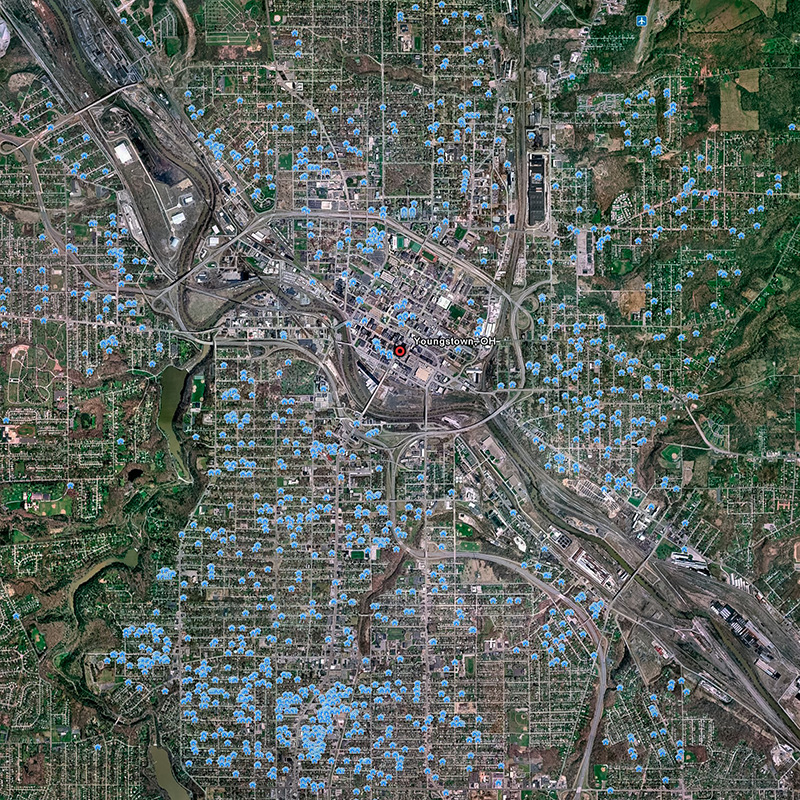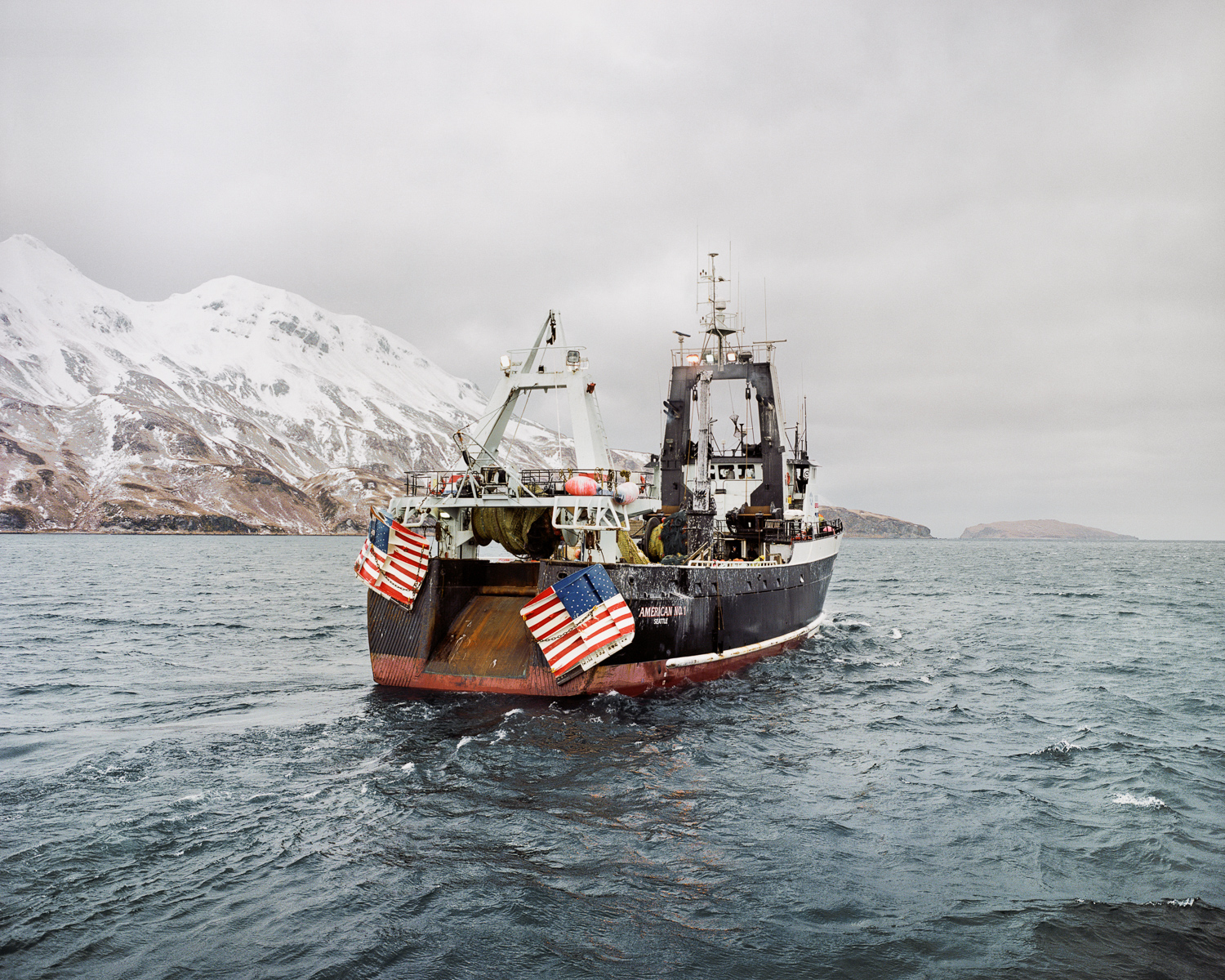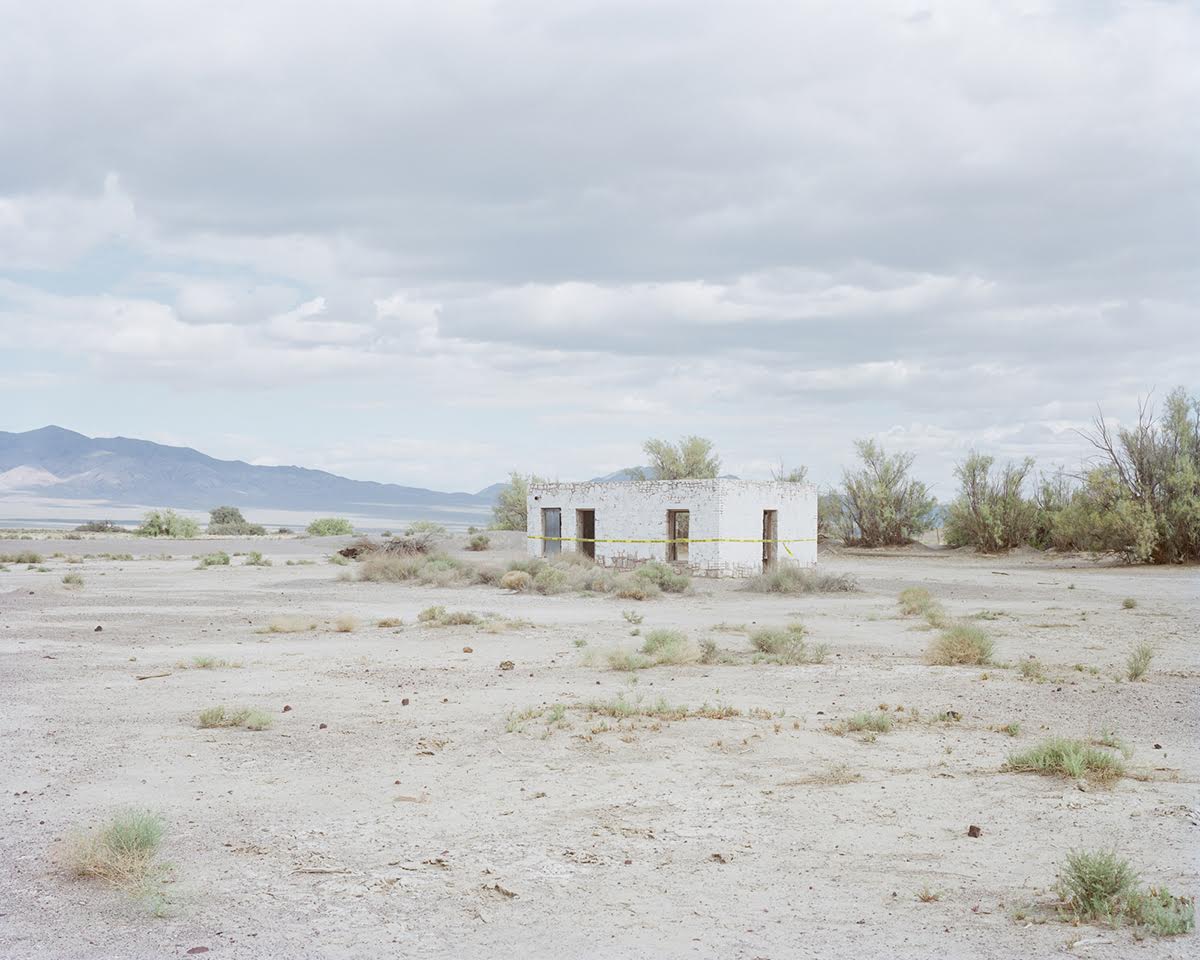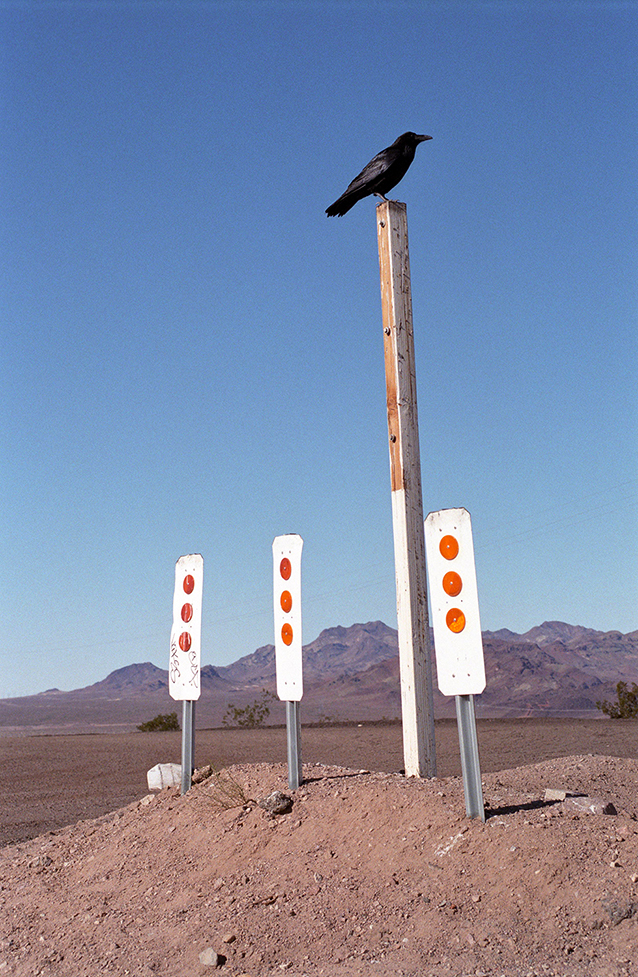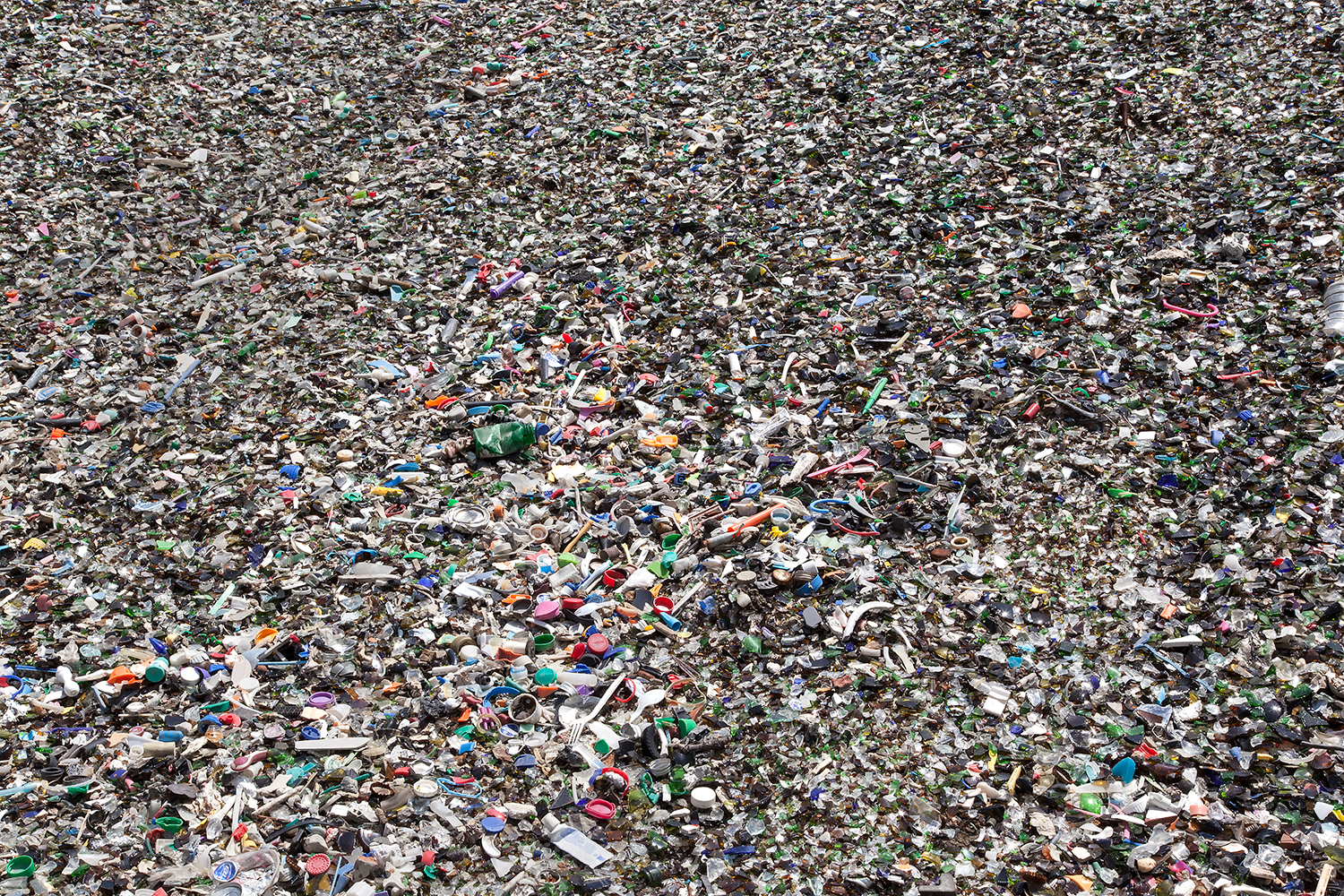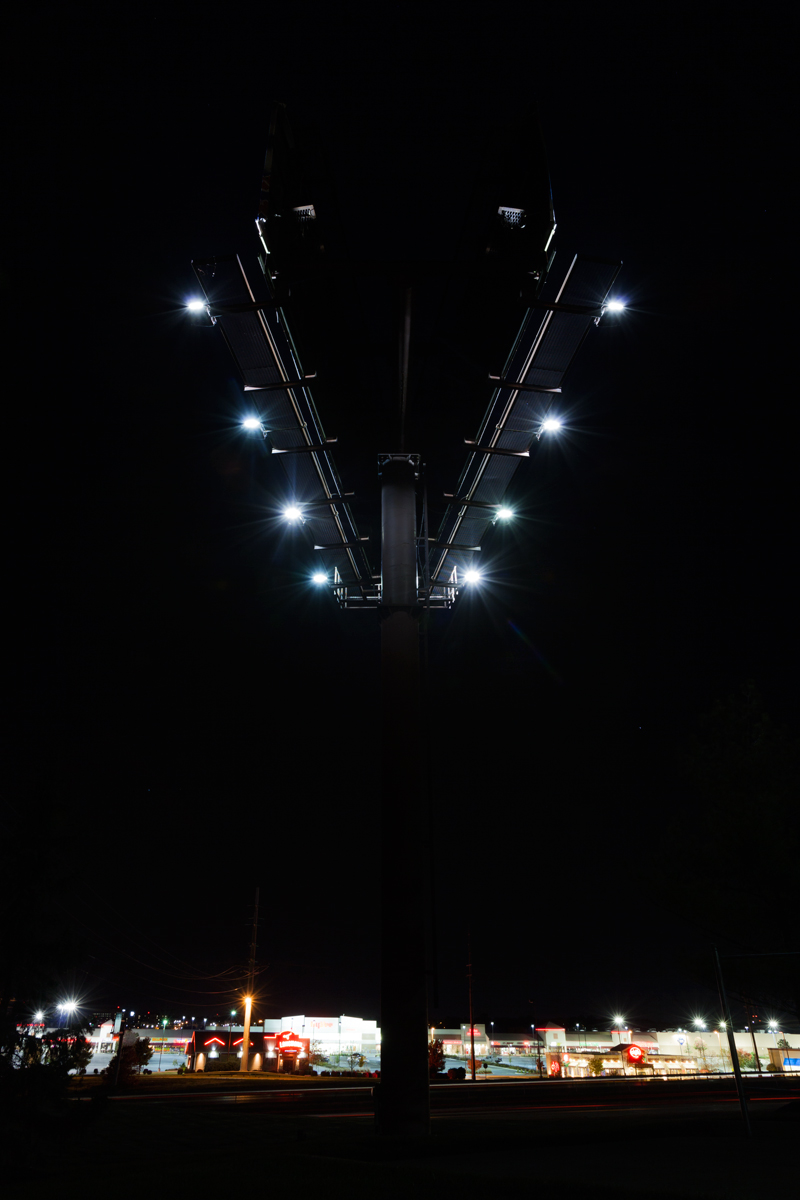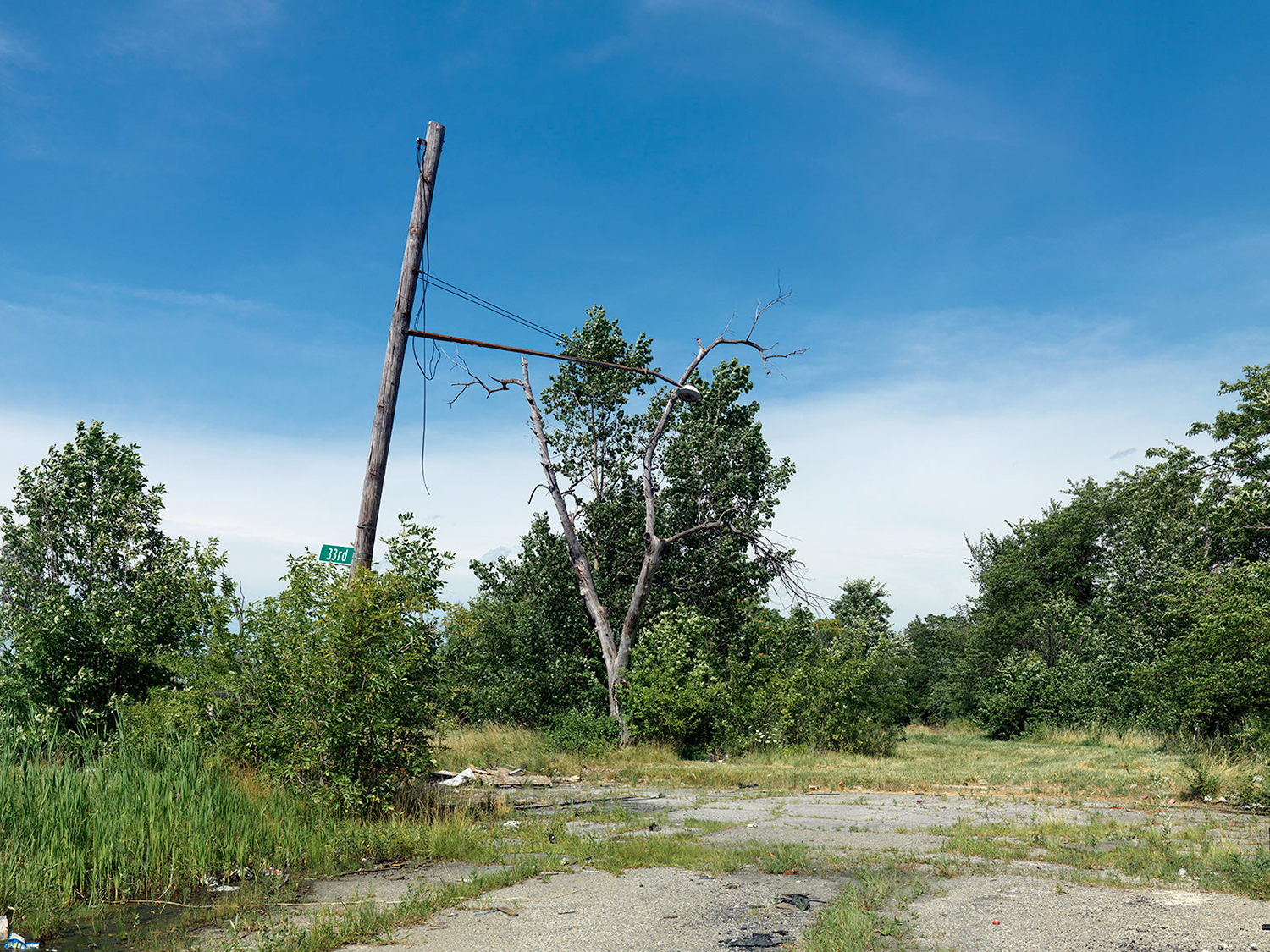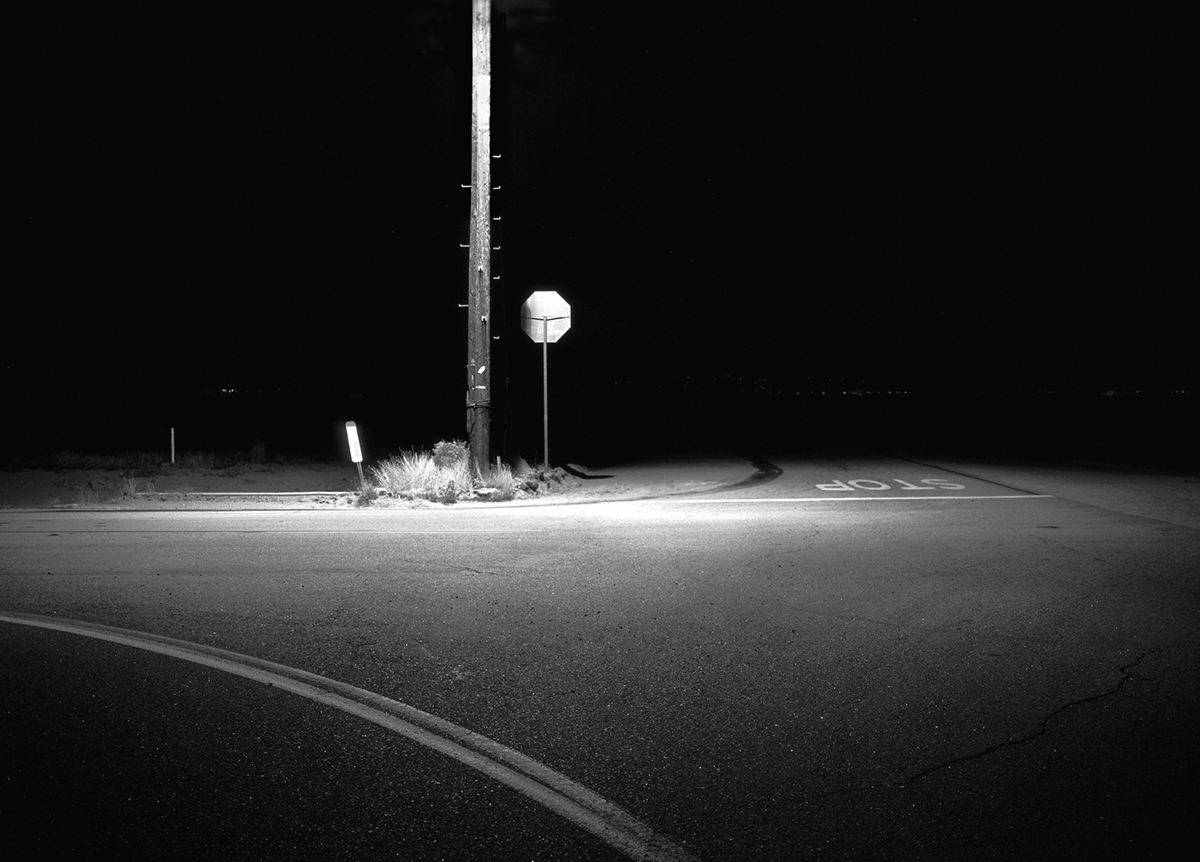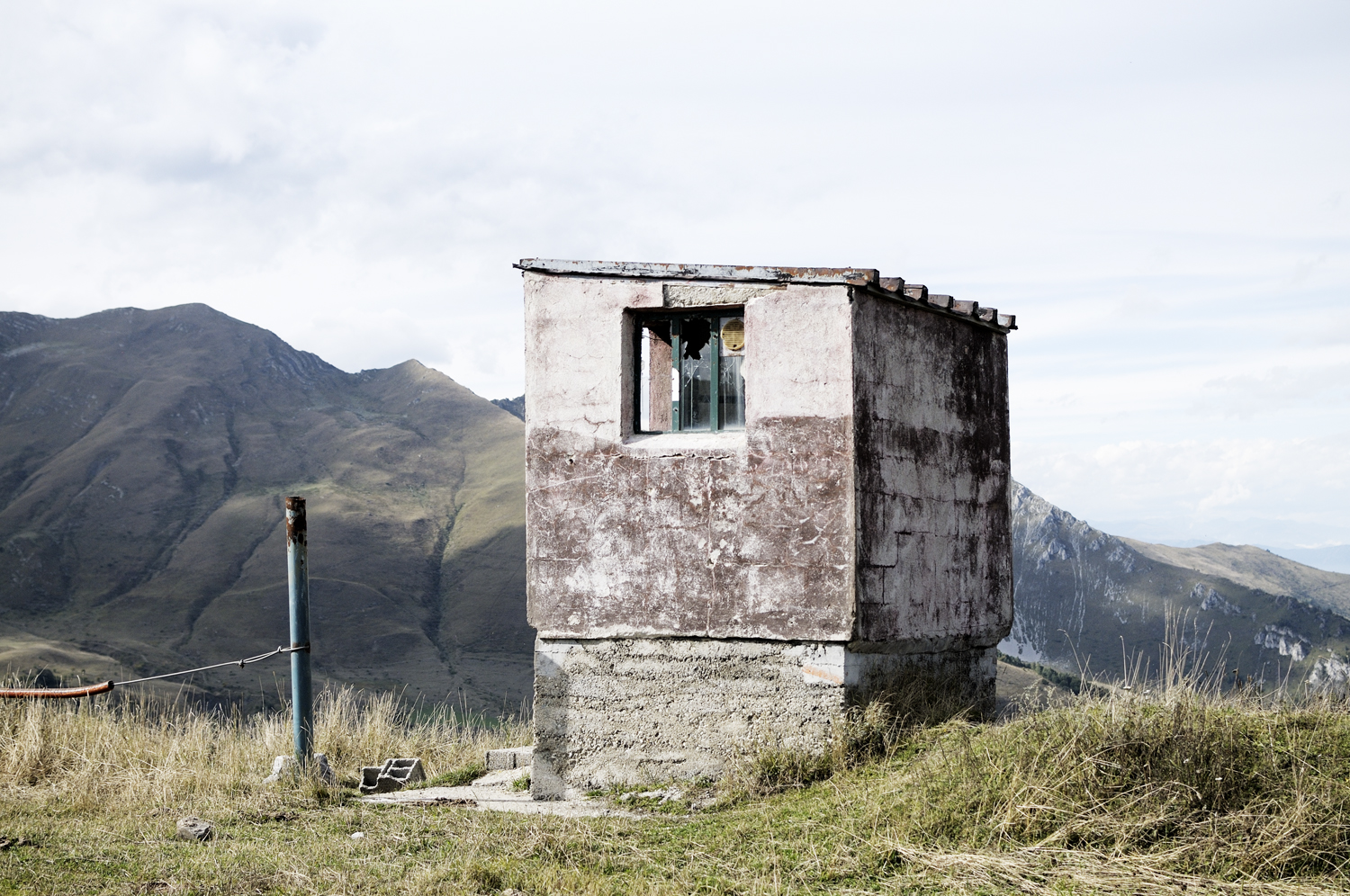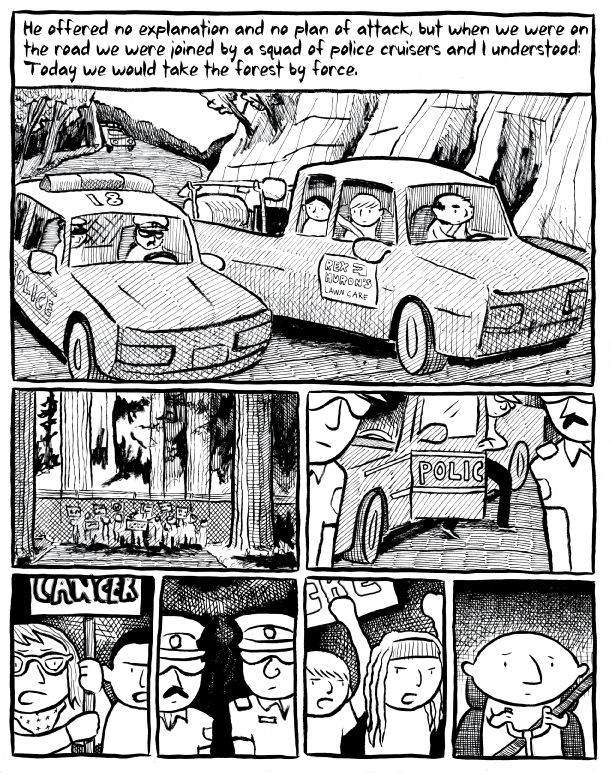Written By: Ryan Nemeth
This month, I turned on Public Broadcasting to catch the tail end of a radio report devoted to Charles Hatfield, otherwise known as the “Rainmaker”. I find it no coincidence that there is renewed public interest in water scarcity issues given the drought we face in the American Southwest. Thus, the idea of manufacturing rain seems like a very logical place for concerned citizens to pick up conversations around issues of water scarcity and production. Yes, you heard me right, there was and still is a profession devoted to making rain, queue the snake oil salesman!
To this day, a lot of people believe that Charles Hatfield was nothing more than a seedy profiteer. However, the case for the legitimacy of rainmaking was challenging in a very compelling way by Hatfield in a 1915 contract with the city of San Diego, CA. By the end of 1915, San Diego was in its fifth year of drought and the city reservoirs of Morena and Otay were nearly empty. With water supplies threatened, the nervous City Councilmen gave verbal acceptance to Charles M. Hatfield’s offer. He boldly pledged to fill the reservoirs through his rainmaking services in exchange for $10,000 (Crawford, 2008).
Ten days after Hatfield began operations near the Morena Reservoir, it started to rain. In fact, over the next two weeks, more than seventeen inches of rain fell in the mountains. The San Diego River rose and the Mission Valley flooded. In the flood, the Tijuana River carried away the farming settlement of Little Landers, which landed down river just north of the Mexican border. Roads and bridges disappeared and a second storm arrived on January 25th, bringing another foot of rain. As the reservoir crested, water topped the Sweetwater dam, which eventually gave way. All said and done, the ensuing damage and floods left 14 people dead and destroyed countless homes and farms throughout the valley (Crawford, 2008).
Oblivious to the scale of the havoc and with their mission complete at the Morena Reservoir, Charles and Paul Hatfield walked sixty miles back to San Diego and presented City Hall with their bill for $10,000. City Attorney Terence Cosgrove showed the brothers the door, explaining there was no written contract for their “rainmaking” and the deluge was “an act of God.” The brothers brooded for nearly a year and then filed suit on December 2, 1915. Cosgrove offered to settle with Hatfield, but only if he accepted responsibility for the $3,500,000 in damages caused by the flooding (Crawford, 2008). The “Rainmaker” declined on the deal, but his actions bring into question the validity of this mysterious practice. Was rainmaking an actual legitimate profession and more importantly did it work?
In pondering these questions, I began to wonder how rainmaking even came about? The history goes something like this; as far back as the first century A.D., Plutarch made the observation that rain follows battles, and nine centuries later, soldiers returning from the Civil War were still convinced this was true, having slogged through the mud of so many battlefields (Fountain, 2003). This idea explained, to the satisfaction of some, the storm that handicapped the Spanish Armada, as well as the torrential rains that followed the fireworks celebration for the opening of the Erie Canal (Ward, 1889). History also reveals that there was widespread popular belief in a causal link between fire and rain. For example, there were many recorded accounts that the great Chicago fire caused a severe rainstorm (Owens, 2008).
Notably, these theories were Americanized after the Civil War by a man named Edward Powers, who wrote War and The Weather, contending that most of the Civil War battles caused rain. Congress, pressed by influential Senators who owned Western land and hoped there might be something to these theories, spent over $20,000 testing the explosion or concussion theory. However, the concussion theory faded out after the trial testing in Texas failed miserably (Patterson, 1970).
Departing from the concussion theory, by the early 20th century, scientists and pseudoscientists were beginning to focus on what makes precipitation. The scientific research was instead centered on tiny particles called condensation nuclei around which rain droplets form. Vincent Schaefer, a General Electric researcher made the discovery that cooling a cloud would create ice crystals that could then act as condensation nuclei. It was from this discovery that modern cloud-seeding was born and legitimate projects to produce precipitation have since been based (Fountain, 2003).
Although many modern scientists will refute the efficacy of Hatfield’s rainmaking efforts, I happen to believe that Charles Hatfield’s and other notable rainmakers should receive recognition for their efforts. If anything, rainmakers helped carry the concept of rain production forward into something of commercial viability. For me, this fact is both interesting and a little unsettling, as I am not sure how I feel about the idea of manipulating the water cycle. What should be noted irrelevant of human attempts to make rain is that there is a huge distinction between changing the weather and controlling the weather. Sure modern cloud seeding demonstrates that the capacity for rainmaking is real, but its effects still remain fleeting and not fully controllable. Despite our best efforts, I believe that weather is a beast that shall never be tamed. Furthermore, I think that the Charles Hatfield story is a shining example of this lesson, be careful what you wish for!
References:
- Crawford, R. (2008). 1916: The year a rainmaker says he ended city's drought. San Diego Union Tribune. San Diego: CA.
- Fountain, H. (2003). Ideas & Trends; The Science of Rain-Making Is Still Patchy. New York Times. Retrieved from: http://www.nytimes.com/2003/10/19/weekinreview/ideas-trends-the-science-of-rain-making-is-still-patchy.html
- Patterson, T. (1970). Hatfield the Rainmaker. The Journal of San Diego History. Vol. 16 (4). San Diego: CA. Retrieved from: https://www.sandiegohistory.org/journal/70winter/hatfield.htm.
- Macbride, M. (1911). With Napoleon at Waterloo and other Unpublished Documents of the Waterloo and Peninsular Campaigns. pp. 181-185. J.B. Lippincott Co. Philadelphia: PA.
- Owens, L.L. (2008). The great Chicago fire. ABDO Publishing Company. Adina: MN.
- Ward, R. (1889). Artificial rain, a review of the subject to the close of 1889. The American Meteorological Journal, Vol. 8. Ann Arbor: MI.

